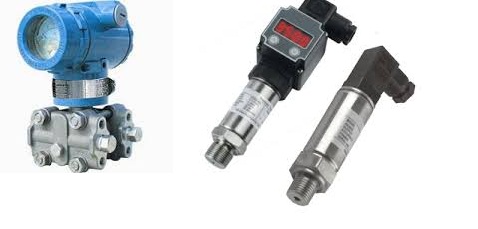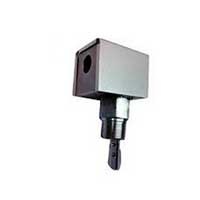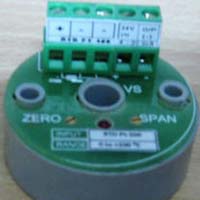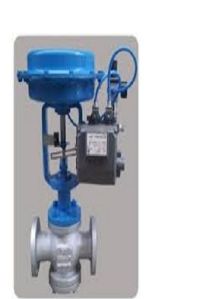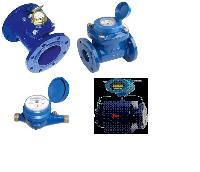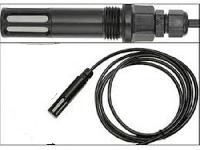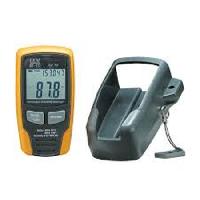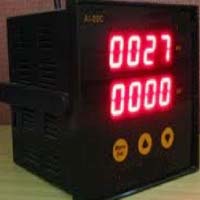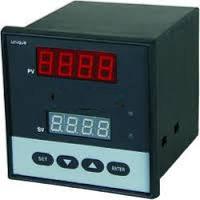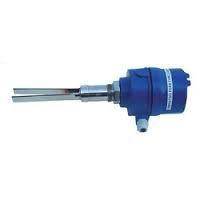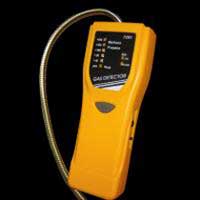| Business Type | Manufacturer, Exporter, Supplier |
| Material | Mild Steel |
| Driven Type | Battery |
| Color | Blue |
| Click to view more | |
Product Details
Pressure transmitters are workhorse devices in industrial process control. They convert pressure readings into a standard electrical signal, typically a 4-20mA current loop,
that can be easily transmitted over long distances without signal degradation. This allows for remote monitoring and control of pressure in various applications. Expand more
Here's a breakdown of typical pressure transmitter specifications:
General Specifications
· Pressure Range: The range of pressure the transmitter can measure.. Ranges can vary widely, from fractions of a psi to thousands of psi (or bar).exclamation
· Accuracy: Expressed as a percentage of full scale (%FS).. Typical accuracy for good quality transmitters is ±0.1%FS..
· Output Signal: The most common output signal is a 4-20mA current loop.. Other options include 0-5V or 0-10V voltage output.
· Supply Voltage: The voltage required to power the transmitter. This is typically 24VDC.
Performance Specifications
· Temperature Limits: The operating temperature range of the transmitter.. This will depend on the materials used in its construction.
· Proof Pressure: The maximum pressure the transmitter can withstand without permanent damage.. This is typically 1.5 to 2 times the upper limit of the pressure range.
· Burst Pressure: The pressure that will cause the transmitter to fail catastrophically. This is typically 4 times the upper limit of the pressure range.exclamation
· Response Time: The time it takes for the transmitter output to respond to a change in pressure.. This is typically in milliseconds (ms).
Environmental Specifications
· Ingress Protection (IP rating): A rating that specifies the level of protection against dust and water ingress.. For example, an IP67 rated transmitter is dust tight and can withstand immersion in water up to 1 meter deep.
· Material of Construction: The materials used in the wetted parts of the transmitter (the parts that come into contact with the process fluid). Common materials include stainless steel, Hastelloy C, and Monel.
Additional Features
· Communication Protocol: Some transmitters include a communication protocol, such as HART, that allows for remote configuration and diagnostics.
· Display: Some transmitters have a built-in display that shows the pressure reading.
· Calibration: Transmitters need to be calibrated periodically to ensure accuracy.. Some transmitters have features that make calibration easier, such as zero and span adjustments.
Here are some additional factors to consider when selecting a pressure transmitter:
· Process Connection: The type of fitting used to connect the transmitter to the process. Common process connections include NPT, flange, and sanitary tri-clamp.
· Electrical Connections: The type of electrical connector used to connect the transmitter to the power supply and output signal.
By considering these specifications and factors, you can select a pressure transmitter that is suitable for your specific application.
Looking for "Pressure Transmitter" ?
Explore More Products


